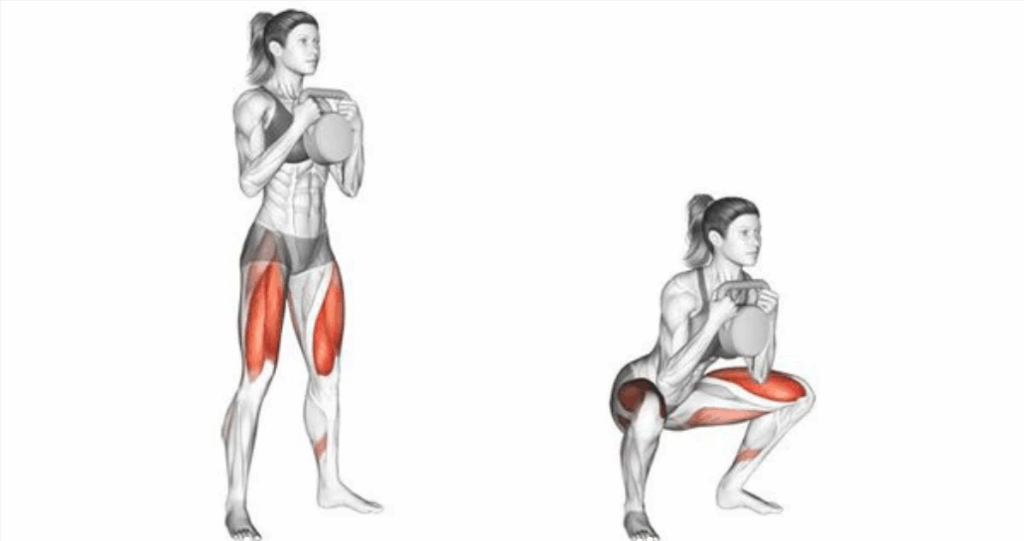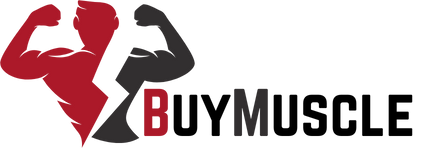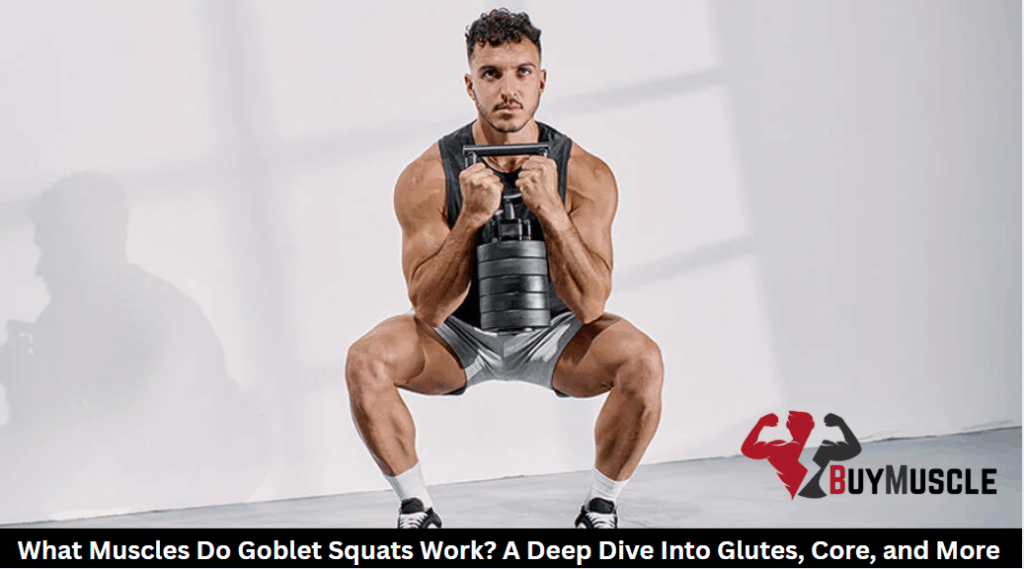You’ve probably seen goblet squats in every gym, but do you really know what’s happening beneath the surface? This front-loaded squat variation orchestrates a complex symphony of muscle activation throughout your entire body.
From your glutes firing to your core bracing against the weight, there’s more to this movement than meets the eye. Are you maximizing its full potential?
Overview of the Goblet Squat Movement
Picture yourself holding a dumbbell or kettlebell close to your chest, descending into a deep squat while keeping your torso proud and tall. That’s the goblet squat in action. This anterior loading technique naturally encourages proper lower body biomechanics by pulling your center of gravity forward, promoting an upright spine and engaged core stabilization throughout the movement.
Unlike barbell squats that load weight on your back or shoulders, you’ll grip the weight with both hands at chest level, creating a “goblet” position. This unique setup makes squat pattern development more intuitive. It’s easier to sit back into your hips while maintaining balance.
The goblet squat builds functional strength that transfers directly to daily activities like lifting objects or standing from seated positions.

Primary Muscles Worked
When you drop into a goblet squat, your glutes become the powerhouse driving the movement, firing intensely as you push through your heels to stand back up. This glute activation peaks during hip extension, making goblet squats exceptional for building stronger, more defined glutes.
Your quadriceps involvement is equally pivotal, controlling the descent and powering knee extension as you rise. The front-loaded weight demands constant core stability, forcing your abs and obliques to work overtime, maintaining an upright torso.
While hamstring support plays a secondary role, these muscles stabilize your knees and assist during the eccentric phase. This full-body engagement distinguishes goblet squats from isolation exercises. You’re training multiple muscle groups simultaneously, creating functional strength that translates directly to daily activities and athletic performance.

Secondary and Stabilizing Muscles
The goblet squat strengthens more than just the main muscle groups. It also activates stabilizers that help you stay balanced and in control with each rep. Your hamstrings engage throughout the descent and ascent, controlling hip flexion and providing posterior chain stability. The adductors fire up to keep your knees tracking properly over your toes, preventing dangerous inward collapse.
Meanwhile, your upper back and shoulders work overtime to maintain the weight’s position. You’ll feel tension across your rhomboids and rear delts as they fight to keep your chest proud. The front-loaded position demands constant shoulder stability and grip strength.
Don’t overlook your calves. They constantly adjust to maintain balance, especially as you drive through your heels. This intricate muscular coordination makes goblet squats exceptionally functional for real-world strength.
Core Engagement and Spinal Support
Your core becomes a powerhouse during goblet squats, working harder than in many traditional squat variations. The anterior loading from holding weight at chest level forces you to maintain an upright posture throughout the movement. This position naturally engages your abs, obliques, and deep stabilizers to prevent forward lean.
Unlike barbell back squats that can create significant spinal stress, goblet squats are back-friendly squats that distribute load more evenly. The front-loaded position encourages proper spinal alignment while reducing compression on your vertebrae.
You’ll notice increased core engagement as your body fights to stay balanced against the weight pulling you forward. Goblet squats are ideal if you’re recovering from back issues or want to build core strength while squatting safely.
Mobility and Range of Motion Benefits
Despite their simple appearance, goblet squats excel at improving your hip and ankle mobility while teaching proper squat depth. The front-loaded weight naturally pulls you into an upright position, enhancing mobility and posture throughout the movement. This squat variation encourages deeper hip flexion than many traditional exercises.
The goblet position counterbalances your body, letting you sink lower while maintaining control. This increased range of motion strengthens muscles through their full length and improves hip mobility over time. As part of a full-body workout, goblet squats help you develop the flexibility needed for advanced lifts.
The goblet squat’s self-correcting nature makes it ideal for mobility work. You’ll naturally find your preferred foot position and depth, reducing compensatory movements that limit progress in other exercises.
Who Should Use Goblet Squats and Why
Beginners benefit from this dumbbell squat variation as it naturally teaches proper knee tracking mechanics and foundational movement patterns. The front-loaded position encourages an upright torso, making it easier to maintain good form.
Experienced lifters pursuing muscular hypertrophy can use goblet squats to target glutes and quads with higher rep ranges. They’re also excellent for warm-ups before heavy barbell work or as corrective exercises between training cycles.
Athletes recovering from injuries appreciate the reduced spinal load while maintaining lower body strength. If you’re working on mobility, depth, or core stability, goblet squats provide an accessible yet challenging option.
Programming Goblet Squats Effectively
For strength gains, perform 3-5 sets of 4-6 reps with heavier weights. If you’re targeting muscle growth, aim for 3-4 sets of 8-12 reps with moderate loads. For muscular endurance, complete 2-3 sets of 15-20 reps using lighter weights.
Place goblet squats early in your leg workout when you’re fresh, or use them as a warm-up exercise before heavier compound lifts. They’re also excellent finishers to exhaust your glutes and quads.
Progress by gradually increasing weight, adding pauses at the bottom position, or incorporating tempo variations. Once you can goblet squat half your bodyweight for multiple reps, consider shifting to barbell variations.
Frequently Asked Questions
Can Goblet Squats Replace Barbell Squats for Muscle Growth?
You can’t fully replace barbell squats with goblet squats for maximum muscle growth. While goblet squats build muscle effectively, you’ll eventually need heavier loads that barbells provide to continue progressing your strength and size gains.
How Heavy Should the Weight Be for Goblet Squats?
Begin with a weight you can handle confidently while keeping flawless form through 10 to 15 repetitions. Most beginners use 15-35 pounds, while experienced lifters might handle 50-80 pounds. Choose what challenges you without compromising technique.
Do Goblet Squats Burn More Calories Than Regular Squats?
You’ll burn similar calories with goblet squats and regular squats since they engage comparable muscle groups. The weight you’re holding matters more than the squat type. Heavier loads and more reps increase calorie burn.
Can Goblet Squats Help Fix Knee Pain During Squats?
Goblet squats can reduce knee pain by encouraging proper form and upright posture. They’ll strengthen your glutes and core while teaching better movement patterns, which often corrects the faulty mechanics causing your discomfort.








